Home>diy>Building & Construction>What Is Landscaping In Construction
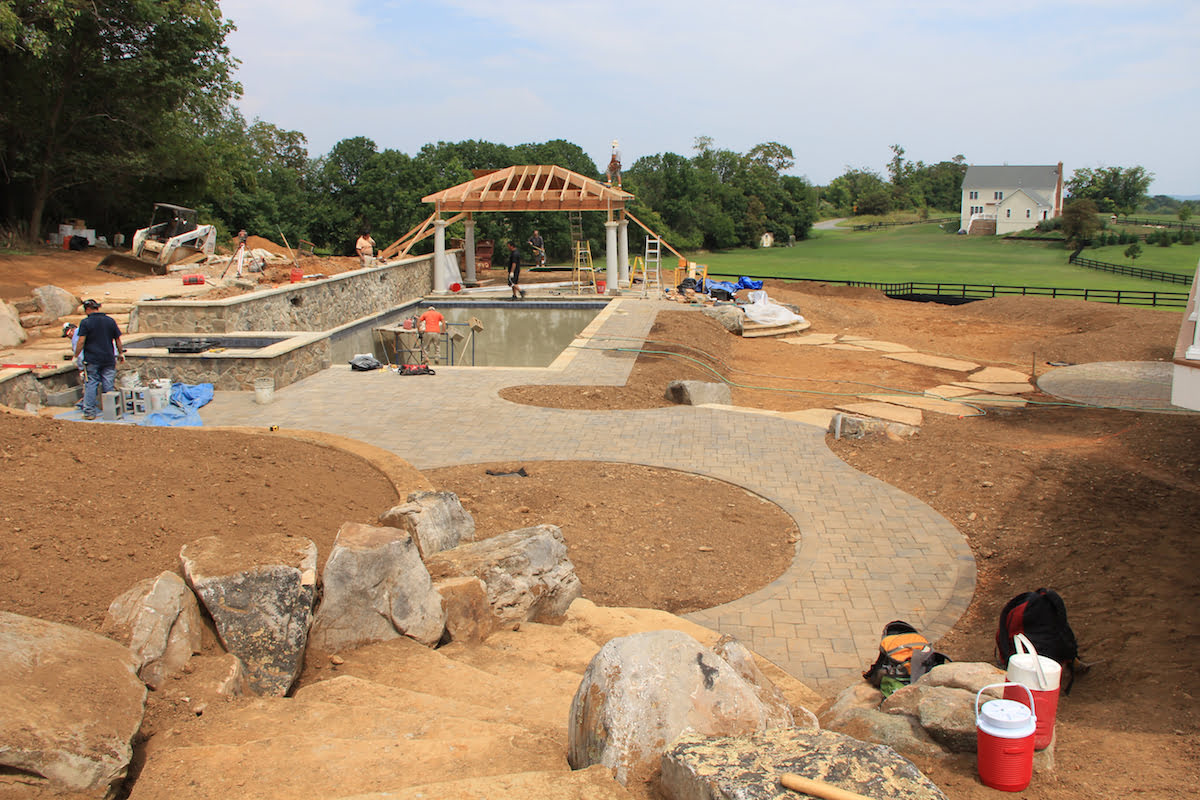

Building & Construction
What Is Landscaping In Construction
Modified: March 24, 2024
Learn about the role of landscaping in building construction and how it enhances the aesthetics and functionality of the surroundings. Discover the importance of landscaping in creating sustainable and visually appealing environments.
(Many of the links in this article redirect to a specific reviewed product. Your purchase of these products through affiliate links helps to generate commission for Storables.com, at no extra cost. Learn more)
Introduction
When it comes to construction projects, one aspect that often gets overlooked but plays a crucial role in the overall aesthetic appeal is landscaping. Landscaping in construction refers to the strategic planning and implementation of outdoor areas surrounding a building or structure. From designing and constructing gardens and outdoor spaces to selecting and arranging plants, landscaping brings harmony and enhances the visual appeal of the entire construction project.
Landscaping in construction involves the careful consideration and implementation of various elements, such as soil, plants, trees, hardscapes, water features, and lighting, to create a cohesive and inviting environment. It not only adds value to the property but also contributes to the overall well-being of its occupants and the surrounding community.
In this article, we will explore the definition of landscaping in construction, discuss its importance, highlight the factors considered during landscape construction, explore common techniques used, discuss the benefits, and address the challenges and considerations associated with landscaping. We will also touch upon the growing importance of sustainability in landscape construction.
So, if you’re curious about how landscaping can transform a construction project and create a visually appealing and functional outdoor space, read on!
Key Takeaways:
- Proper landscape construction enhances property value, environmental quality, and livability. It offers benefits such as energy efficiency, noise control, and community engagement, contributing to a sustainable and attractive living environment.
- Sustainable landscape construction integrates water conservation, native plants, and green infrastructure to create resilient outdoor spaces. It promotes biodiversity, energy efficiency, and waste reduction, contributing to a healthier environment and community well-being.
Read more: What Is Soft Landscape Construction
Definition of Landscaping in Construction
Landscaping in construction refers to the planning, design, and implementation of outdoor spaces surrounding a building or structure. It involves the art and science of creating and maintaining a visually pleasing and functional environment, blending hardscapes (such as patios, walkways, and retaining walls), softscapes (such as plants, trees, and grass), and other elements to enhance the overall aesthetic appeal of the construction project.
Landscaping in construction goes beyond simply planting trees and flowers. It involves careful consideration of the site’s topography, climate, soil conditions, and other factors to create a harmonious outdoor space. It also takes into account the purpose and functionality of the landscaped area, whether it’s designed for recreational activities, relaxation, or as a focal point for the building.
Landscaping in construction is a collaborative process between architects, engineers, landscape architects, and contractors, ensuring that the outdoor spaces seamlessly integrate with the building’s design and complement its overall theme. It requires thorough knowledge of plant species, irrigation systems, drainage, soil engineering, and construction techniques to create durable and sustainable landscapes.
One of the key objectives of landscaping in construction is to enhance the property’s curb appeal. A visually appealing landscape not only creates a positive first impression but also increases the value of the property. It provides a welcoming and inviting atmosphere, making the space more enjoyable for occupants and visitors alike.
Furthermore, landscaping in construction also considers the environmental impact of the project. Sustainable landscaping practices incorporate elements that conserve water, promote biodiversity, and minimize the use of chemical pesticides and fertilizers. This not only benefits the environment but also contributes to the overall sustainability goals of the construction project.
In summary, landscaping in construction encompasses the planning, design, and implementation of outdoor spaces surrounding a building or structure. It aims to create visually appealing, functional, and sustainable environments that enhance the overall aesthetics and value of the construction project.
Importance of Landscaping in Construction Projects
Landscaping plays a significant role in construction projects, offering numerous benefits that go beyond mere aesthetics. Here are some key reasons why landscaping is important:
- Enhanced Visual Appeal: Well-designed landscaping can transform a construction project, making it visually appealing and inviting. By carefully selecting and arranging plants, trees, flowers, and hardscape elements, landscaping can create a harmonious and cohesive outdoor space.
- Increased Property Value: A professionally landscaped property attracts potential buyers and increases its market value. The curb appeal and well-maintained landscape can make a significant difference in the perceived value of a property, helping it stand out in a competitive real estate market.
- Improved Environmental Quality: Landscaping helps improve the environmental quality around the construction site by reducing erosion, filtering pollutants, and absorbing carbon dioxide. Trees and plants also contribute to better air quality by releasing oxygen and capturing dust and pollutants.
- Enhanced Livability: Creating outdoor spaces that are functional and comfortable enhances the livability of a construction project. Well-designed landscaping can provide areas for relaxation, recreation, and social gatherings, promoting a healthier and happier lifestyle for the occupants.
- Noise and Privacy Control: Strategic placement of trees and hedges can help mitigate noise pollution by acting as sound barriers. Landscaping features like fences, walls, and plantings also provide privacy to residents, creating a more tranquil living environment.
- Energy Efficiency: Through careful selection and placement of trees and plants, landscaping can help increase energy efficiency. Well-positioned trees provide natural shade, reducing the need for excessive cooling during hot summer months. Additionally, proper insulation and vegetative roofs can help regulate indoor temperatures and reduce energy consumption.
- Community and Social Benefits: Landscaping in construction projects not only benefits the occupants but also the surrounding community. Beautifully landscaped spaces can become gathering places for community events, improve the overall neighborhood aesthetic, and foster a sense of community pride.
- Health and Well-being: The presence of green spaces has been linked to improved mental health and well-being. Landscaping in construction projects provides access to nature, offering stress relief, improved concentration, and increased overall satisfaction for the occupants.
Landscaping is an essential component of construction projects, offering a multitude of benefits to both the environment and the people who inhabit the space. By incorporating thoughtful landscaping designs and practices, construction projects can create attractive, sustainable, and functional outdoor spaces that enhance the overall quality of life.
Factors Considered in Landscape Construction
When it comes to landscape construction, several important factors are taken into consideration to ensure the successful implementation of a well-designed and sustainable outdoor space. These factors include:
- Site Analysis: Before starting any landscape construction project, a thorough analysis of the site is conducted. This analysis assesses the site’s topography, soil conditions, drainage patterns, and existing vegetation. Understanding these site-specific factors helps determine the best approach to landscaping and ensures that the design is suitable for the specific location.
- Client’s Goals and Requirements: The landscape design and construction process begins with understanding the client’s goals and requirements. This includes considering their vision, preferences, and desired functionalities for the outdoor space. Clear communication and collaboration with the client allow for a tailored landscape design that meets their specific needs.
- Climate and Environmental Conditions: Climate plays a crucial role in landscape construction. The selection of appropriate plants, trees, and materials is heavily influenced by the climate and environmental conditions of the site. Factors such as temperature, rainfall patterns, sunlight exposure, and wind direction need to be taken into account to ensure the sustainability and long-term success of the landscaping.
- Regulatory and Building Codes: Landscape construction must adhere to local regulations and building codes. These regulations may govern aspects such as setbacks, easements, permits, and requirements for water usage, drainage, and irrigation systems. Compliance with these regulations ensures that the landscaping project is legally and safely executed.
- Budget and Time Constraints: Landscape construction projects need to be completed within the allocated budget and time frame. It is essential to consider the costs associated with materials, labor, equipment, and ongoing maintenance. Efficient project management and effective communication with contractors and suppliers help ensure that the project stays on schedule and within budget.
- Sustainability Considerations: Increasingly, landscape construction projects prioritize sustainability. This involves implementing practices that conserve water, minimize waste, promote biodiversity, and reduce the environmental impact. Water-efficient irrigation systems, the use of native and adaptive plant species, and the incorporation of permeable paving are some sustainable strategies employed in landscape construction.
- Maintenance Requirements: Landscape construction requires ongoing maintenance to preserve its beauty and functionality. Consideration of maintenance requirements, such as pruning, fertilization, irrigation, and pest control, should be integrated into the design. Proper planning for maintenance ensures that the landscape remains healthy and vibrant in the long run.
- Aesthetic and Functional Design: Finally, an important factor in landscape construction is the aesthetic and functional design of the outdoor space. The design should align with the overall architectural style of the project and harmonize with its surroundings. Factors such as accessibility, functionality, focal points, pathways, seating areas, and lighting are considered to create an aesthetically pleasing and user-friendly landscape.
By carefully considering these factors, landscape construction professionals can develop a comprehensive plan that ensures the successful implementation of a sustainable and visually appealing outdoor space that meets the client’s goals and enhances the overall quality of the construction project.
Common Techniques Used in Landscape Construction
Landscape construction involves a range of techniques and methods that are used to create and transform outdoor spaces. These techniques help bring the landscape design to life and ensure its longevity. Here are some common techniques used in landscape construction:
- Grading and Earthwork: Grading is the process of reshaping the land to create a level or sloped surface. It involves moving and redistributing soil to ensure proper drainage and optimize the functionality and aesthetics of the landscape.
- Hardscaping: Hardscaping involves the construction of non-plant elements within the landscape. This includes the installation of pathways, driveways, patios, retaining walls, and other structures made from materials such as concrete, stone, wood, or pavers. Hardscaping provides structure, defines spaces, and adds functionality to the outdoor area.
- Planting: Planting is a fundamental aspect of landscape construction. It involves selecting and installing plants, trees, shrubs, and flowers according to the design plan. Proper planting techniques, such as soil preparation, root ball placement, and irrigation, are essential for the successful establishment and growth of vegetation.
- Irrigation: Efficient irrigation systems are crucial to maintaining the health and vitality of the landscape. This includes the installation of sprinklers, drip irrigation, or other watering methods tailored to the specific needs of the plants. Proper irrigation ensures adequate water distribution while conserving water resources.
- Lighting: Outdoor lighting enhances the ambiance and functionality of the landscape, extending its use into the evening hours. Landscape construction incorporates various lighting techniques such as path lights, spotlights, accent lights, and underwater lights to highlight architectural features, plants, and create a safe and inviting environment.
- Edging and Mulching: Edging creates clean lines and separation between different areas of the landscape, such as flower beds, lawns, and walkways. It can be achieved using materials like stone, metal, or plastic. Mulching involves the application of a layer of organic or inorganic material, such as wood chips or gravel, to conserve moisture, suppress weed growth, and enhance the aesthetics of planting areas.
- Water Features: Incorporating water features adds a unique and soothing element to the landscape. Construction techniques such as the installation of ponds, fountains, waterfalls, or streams can create a focal point and enhance the overall ambiance of the outdoor space.
- Finishing Touches: Completing the landscape construction involves adding finishing touches, such as decorative elements, furniture, and accessories. This includes the selection and placement of outdoor furniture, sculptures, planters, and signage, which add personalization and enhance the overall aesthetic appeal of the landscape.
These common techniques, along with careful planning and skilled execution, help transform design concepts into beautiful and functional landscapes. Landscape construction professionals utilize their expertise to implement these techniques, ensuring that each element of the landscape harmonizes, creating a cohesive and visually appealing outdoor space.
Tip: Landscaping in construction involves designing and creating outdoor spaces to enhance the aesthetic appeal and functionality of a property. It includes elements such as plants, trees, hardscaping, and irrigation systems.
Read more: What Division Is Landscaping In Construction
Benefits of Proper Landscape Construction
Proper landscape construction offers a multitude of benefits that go beyond just enhancing the visual appeal of a property. Here are some key benefits of investing in proper landscape construction:
- Enhanced Curb Appeal: A well-designed and maintained landscape significantly improves the curb appeal of a property. A visually appealing exterior creates a positive first impression and can help attract potential buyers or tenants.
- Increase in Property Value: Properly constructed and maintained landscapes can significantly increase the value of a property. Studies have shown that well-landscaped properties have higher resale values and tend to sell faster compared to those without well-planned landscapes.
- Improved Quality of Life: A thoughtfully designed outdoor space with greenery, plants, and well-placed amenities can greatly improve the quality of life for the occupants. Access to nature has been proven to reduce stress, improve mental health, and promote overall well-being.
- Energy Efficiency: Landscaping can contribute to the overall energy efficiency of a property. Strategic placement of trees and shrubs can provide shade, reducing the need for excessive cooling during the summer months. Additionally, the presence of green spaces can help reduce the urban heat island effect.
- Environmental Benefits: Properly constructed landscapes provide several environmental benefits. Trees and plants help absorb carbon dioxide and release oxygen, contributing to cleaner air. Landscapes also help control erosion, filter pollutants from rainwater runoff, and provide habitats for wildlife.
- Noise Reduction: Landscaping features such as trees, hedges, and artificial barriers help absorb sound and reduce noise pollution. Properly placed greenery can act as natural buffers, creating a more peaceful and serene environment.
- Community Interaction: Well-designed landscapes encourage community interaction and social engagement. Outdoor spaces provide gathering areas for residents to connect, socialize, and engage in recreational activities, creating a sense of community.
- Improved Privacy: Landscape construction techniques such as hedges, fences, and strategic plantings can create privacy barriers, making outdoor spaces more private and comfortable for the occupants.
- Economic Benefits: Landscaped properties tend to attract higher rental rates and tenants, leading to financial benefits for property owners. In commercial settings, well-landscaped spaces can draw in more customers and increase foot traffic, benefiting businesses.
- Water Conservation: Proper landscape construction incorporates water-saving techniques and technologies. The use of efficient irrigation systems, rainwater harvesting, and the selection of drought-tolerant plants can significantly reduce water consumption and promote sustainable water management.
By investing in proper landscape construction, property owners can enjoy a wide range of benefits, both aesthetically and functionally, while also contributing to a more sustainable and environmentally friendly future. Whether it’s for residential, commercial, or public spaces, a well-constructed landscape creates a harmonious and inviting outdoor environment that enhances the overall quality of life.
Challenges and Considerations in Landscape Construction
While landscape construction can bring numerous benefits, it also presents various challenges and considerations that need to be carefully addressed. Here are some key challenges and considerations in landscape construction:
- Site Conditions: The unique characteristics of the construction site, such as the topography, soil composition, drainage patterns, and access points, need to be considered during the design and construction process. Site conditions can impact the feasibility and complexity of implementing certain landscape elements.
- Climate and Environmental Factors: The climate and environmental conditions of the project location play a crucial role in landscape construction. Extremes in temperature, rainfall patterns, wind speeds, and sunlight exposure can affect the selection of plants, irrigation systems, and the overall viability and sustainability of the design.
- Regulatory Requirements: Landscape construction must comply with local regulations and permits. These requirements can include zoning restrictions, building codes, water usage regulations, and environmental protection guidelines. Adhering to these regulations ensures that the landscape is constructed legally and safely.
- Budget and Time Constraints: Like any construction project, landscape construction is often bound by financial and time constraints. It is essential to establish a realistic budget and timeline, considering factors such as material costs, labor expenses, equipment needs, and potential weather-related delays.
- Plant Selection and Maintenance: Choosing the right plants and ensuring their proper maintenance are crucial aspects of landscape construction. Factors such as plant hardiness, soil compatibility, growth characteristics, and ongoing maintenance requirements need to be considered. Failure to select suitable plants or neglecting proper maintenance can impact the overall health and aesthetics of the landscape.
- Water Management: Efficient water management is vital for landscape sustainability. Proper irrigation system design, water-conserving practices, and addressing drainage issues are crucial considerations. Balancing the water needs of the landscape while conserving this precious resource can be a challenge.
- Construction Techniques: Landscape construction requires the use of various techniques and materials. Hiring skilled professionals who are experienced in landscape construction ensures that the proper techniques are employed, ensuring the durability and longevity of the landscape elements.
- Coordination and Communication: Effective coordination and communication among landscape architects, contractors, subcontractors, and other professionals involved in the project are vital. This ensures that everyone is aligned with the project goals, understands the design intent, and collaborates seamlessly to bring the landscape vision to life.
- Sustainability Considerations: Increasingly, sustainable practices are a crucial consideration in landscape construction. Integrating sustainable features such as rainwater harvesting, permeable pavements, native plantings, and efficient irrigation systems requires careful planning and expertise to minimize environmental impacts and promote long-term sustainability.
- Maintenance and Long-Term Care: Proper maintenance and long-term care are necessary to preserve the beauty and functionality of the landscape. Developing an appropriate maintenance plan, addressing pest control, pruning needs, fertilizer application, and ongoing monitoring is crucial to ensure the landscape remains healthy and visually appealing over time.
Overcoming these challenges and taking these considerations into account is essential for successful landscape construction. By addressing these factors early in the planning and design stages, working with qualified professionals, and implementing sustainable practices, the challenges can be mitigated, and the desired landscape can be realized.
Sustainability in Landscape Construction
In recent years, sustainability has emerged as a critical consideration in landscape construction. As the world becomes more conscious of environmental issues, incorporating sustainable practices into landscape construction has become increasingly important. Here are some key aspects of sustainability in landscape construction:
- Water Conservation: Water conservation is a significant focus in sustainable landscape construction. Implementing efficient irrigation systems, such as drip irrigation and smart controllers, helps reduce water usage by providing targeted watering to plants. Collecting and reusing rainwater through techniques like rain gardens or rainwater harvesting systems also minimizes reliance on municipal water sources.
- Use of Native Plants: Native plants are well-suited to the local climate and require less water, fertilizers, and pesticides compared to non-native species. Incorporating native plants in landscape construction helps conserve water, support local ecosystems, and minimize the need for chemical inputs.
- Soil Health and Conservation: Sustainable landscape construction pays attention to soil health and conservation practices. Techniques such as soil testing, organic amendments, and mulching help improve soil quality, promote nutrient cycling, and enhance the overall health and resilience of the landscape.
- Green Infrastructure: Green infrastructure refers to the use of natural systems, such as permeable paving, green roofs, and bioswales, to manage stormwater runoff. These features help reduce the burden on stormwater management systems, filter pollutants, and prevent erosion.
- Biodiversity and Habitat Preservation: Sustainable landscape construction promotes biodiversity and habitat preservation. Incorporating diverse plant species, creating habitat features like birdhouses or pollinator gardens, and avoiding the use of harmful pesticides contribute to the restoration and conservation of local ecosystems.
- Energy Efficiency: Sustainable landscapes optimize energy usage. Strategic tree placement can provide shade, reducing the need for air conditioning during hot summer months. Similarly, choosing appropriate landscape materials that reflect sunlight, such as light-colored paving, helps minimize heat absorption and subsequent energy consumption.
- Recycling and Waste Reduction: Sustainable landscape construction aims to minimize waste and promote recycling. Recycling construction materials, using compost instead of chemical fertilizers, and implementing proper waste management practices help reduce the environmental impact and promote a circular economy.
- Educating and Engaging Stakeholders: Sustainability in landscape construction involves educating and engaging stakeholders, including clients, contractors, and the community. By raising awareness of sustainable practices and providing information on the benefits of sustainable landscapes, stakeholders can make informed decisions and actively participate in the conservation of natural resources.
- Lifecycle Assessment: Understanding the lifecycle impacts of landscape construction materials and design choices is essential in sustainable practices. Analyzing the environmental, social, and economic impacts throughout the lifecycle of the landscape helps identify opportunities for improvement and make informed decisions in design and material selections.
- Certifications and Standards: Various certifications and standards, such as LEED (Leadership in Energy and Environmental Design) or SITES (Sustainable Sites Initiative), provide guidelines and benchmarks for sustainable landscape construction. These certifications ensure that landscape projects meet specific sustainability criteria and demonstrate a commitment to environmental responsibility.
By integrating sustainable practices into landscape construction, we can create outdoor spaces that not only enhance the beauty and functionality but also contribute to the health of the environment and support the well-being of communities. Sustainable landscape construction plays a vital role in conserving resources, mitigating climate change impacts, and creating resilient landscapes for future generations.
Conclusion
Landscape construction is a vital aspect of any building project, offering both aesthetic and functional benefits. It involves careful planning, design, and implementation of outdoor spaces that harmonize with the surrounding environment. From enhancing curb appeal and increasing property value to promoting sustainability and improving quality of life, proper landscape construction has numerous advantages.
Throughout this article, we explored the definition of landscaping in construction and its importance in enhancing the overall aesthetics and value of a project. We discussed the various factors considered in landscape construction, including site analysis, client requirements, climate, and sustainability. We also delved into common techniques used in landscape construction, such as grading, hardscaping, planting, and irrigation.
Furthermore, we touched upon the benefits of proper landscape construction, which include enhanced curb appeal, increased property value, improved environmental quality, and energy efficiency. We also highlighted the challenges and considerations in landscape construction, such as site conditions, regulatory requirements, and budget constraints, and discussed the growing importance of sustainability in landscape construction and its various components.
In conclusion, landscape construction is a crucial aspect of building projects that should not be overlooked. By investing in proper landscape construction, property owners can create visually appealing, functional, and sustainable outdoor spaces that enhance the overall quality of life, provide environmental benefits, and contribute to the well-being of the community.
As you embark on your next construction project, consider the value that proper landscape construction can bring. Engage with experienced professionals who can guide you through the process, incorporating sustainable practices and innovative design concepts. Together, let us create beautiful and resilient landscapes that enhance our living spaces and foster a healthy and sustainable future.
Frequently Asked Questions about What Is Landscaping In Construction
Was this page helpful?
At Storables.com, we guarantee accurate and reliable information. Our content, validated by Expert Board Contributors, is crafted following stringent Editorial Policies. We're committed to providing you with well-researched, expert-backed insights for all your informational needs.
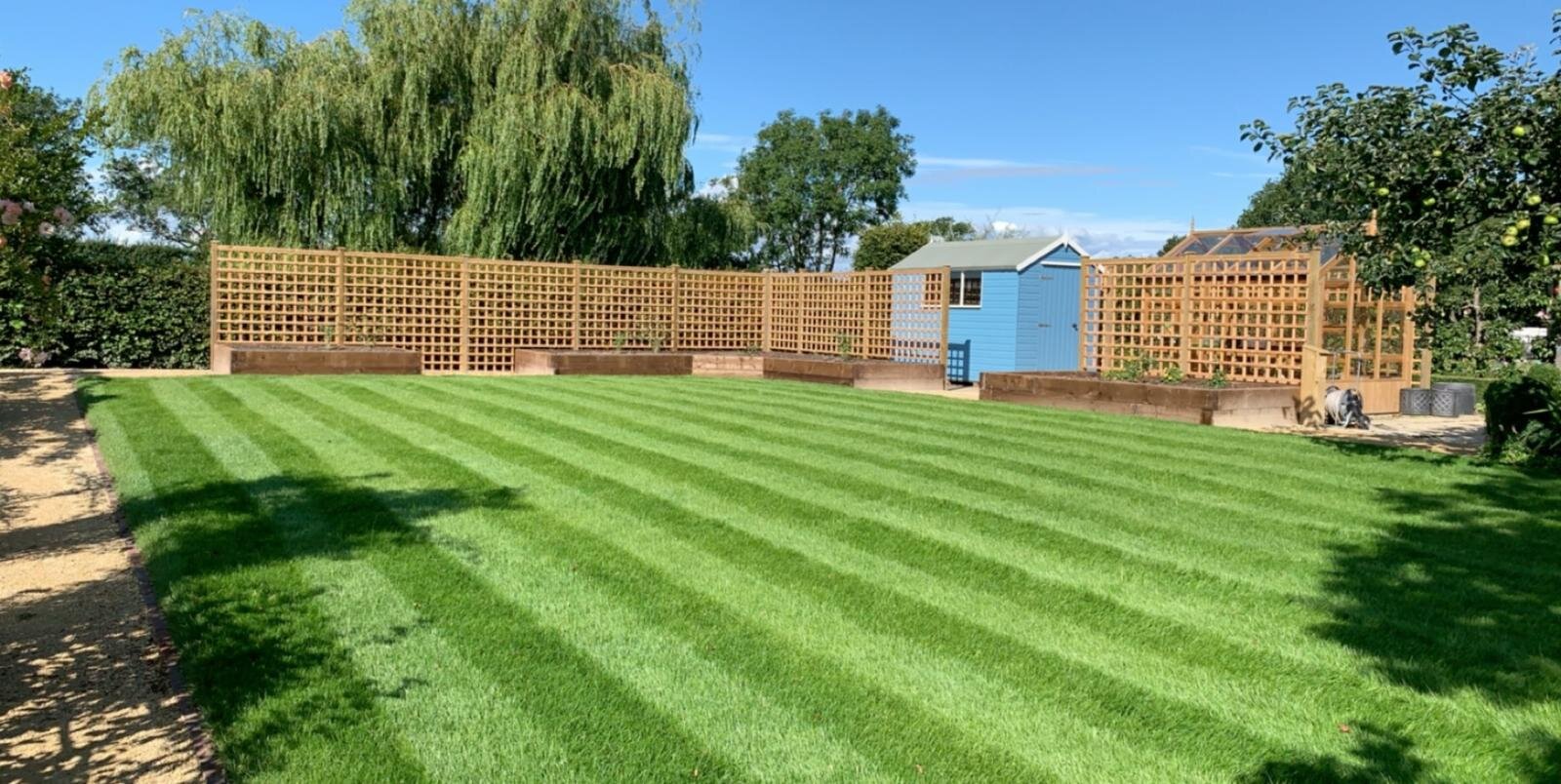
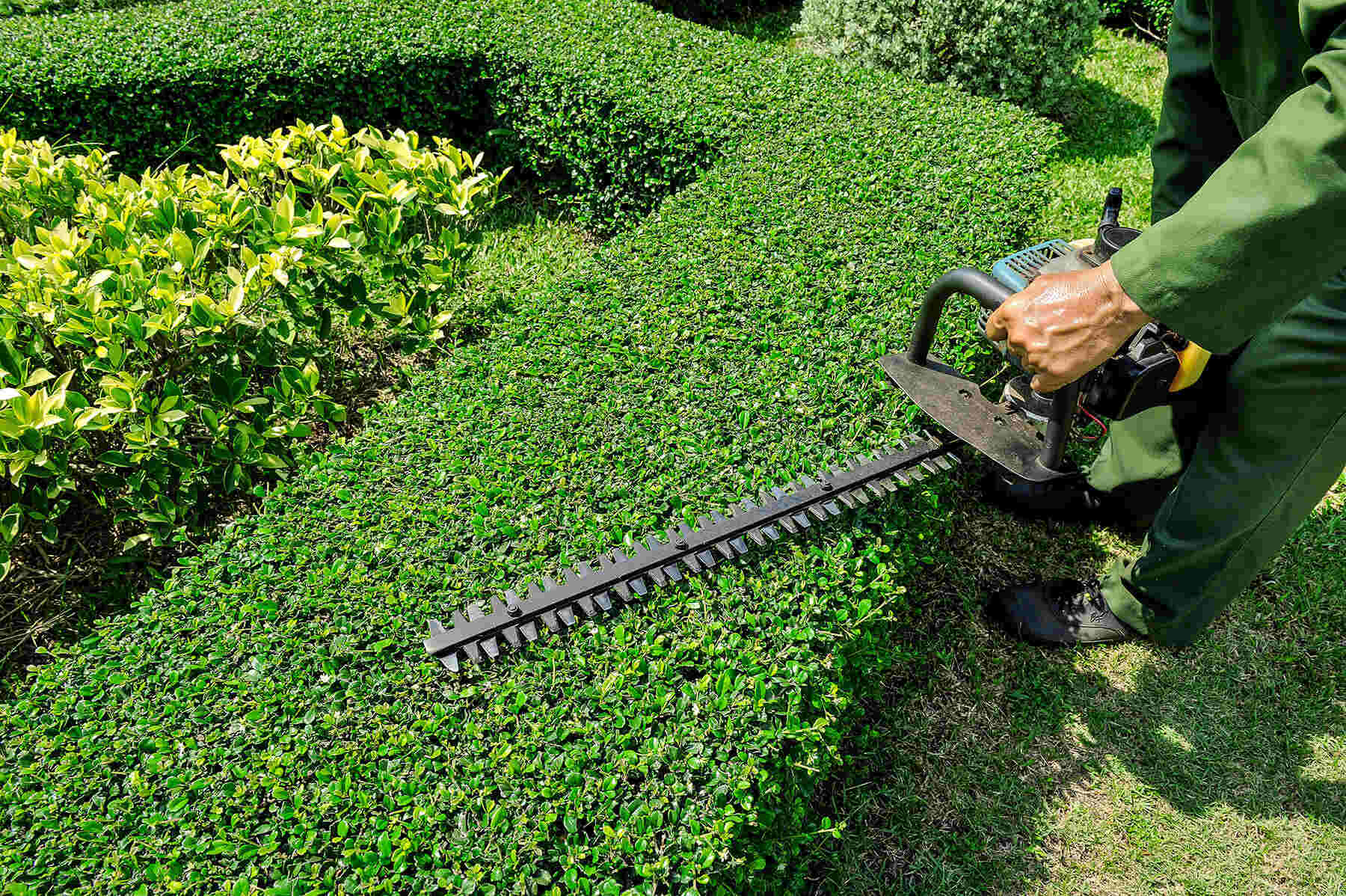
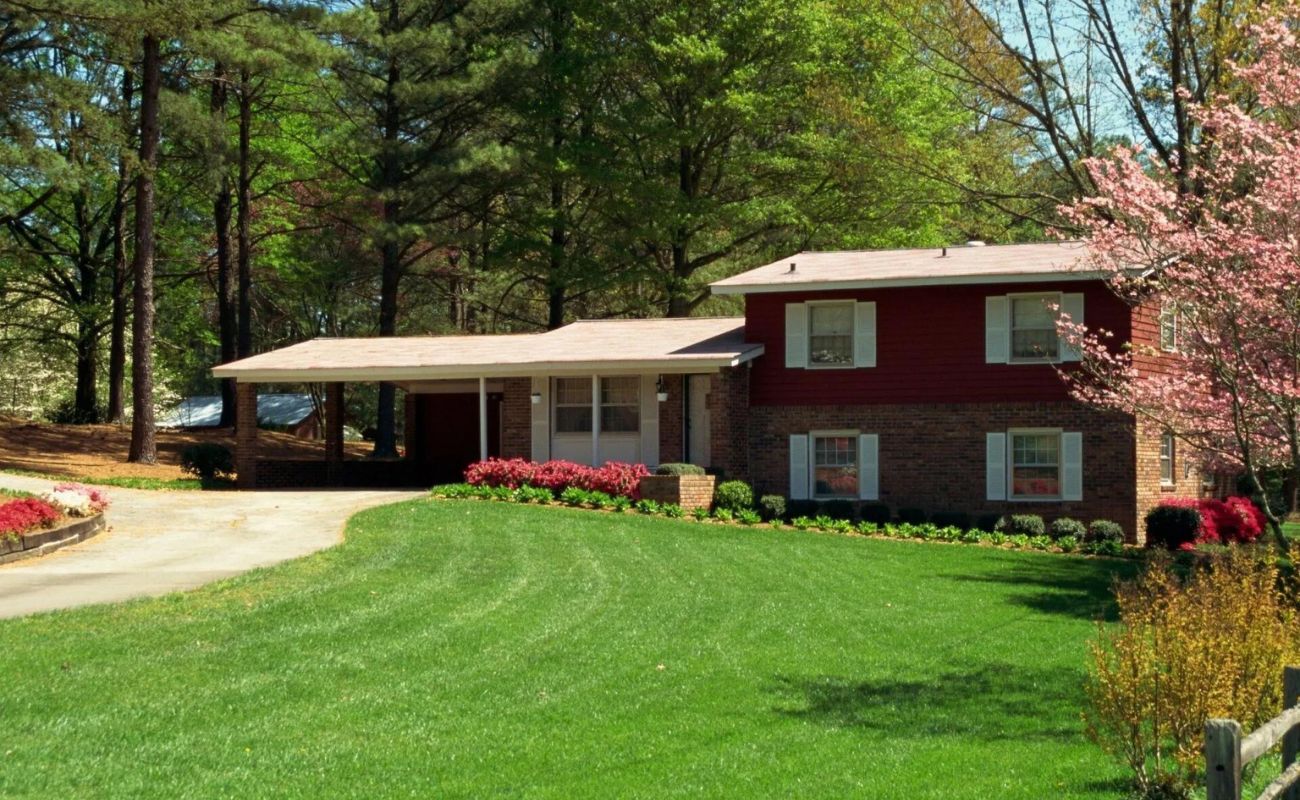
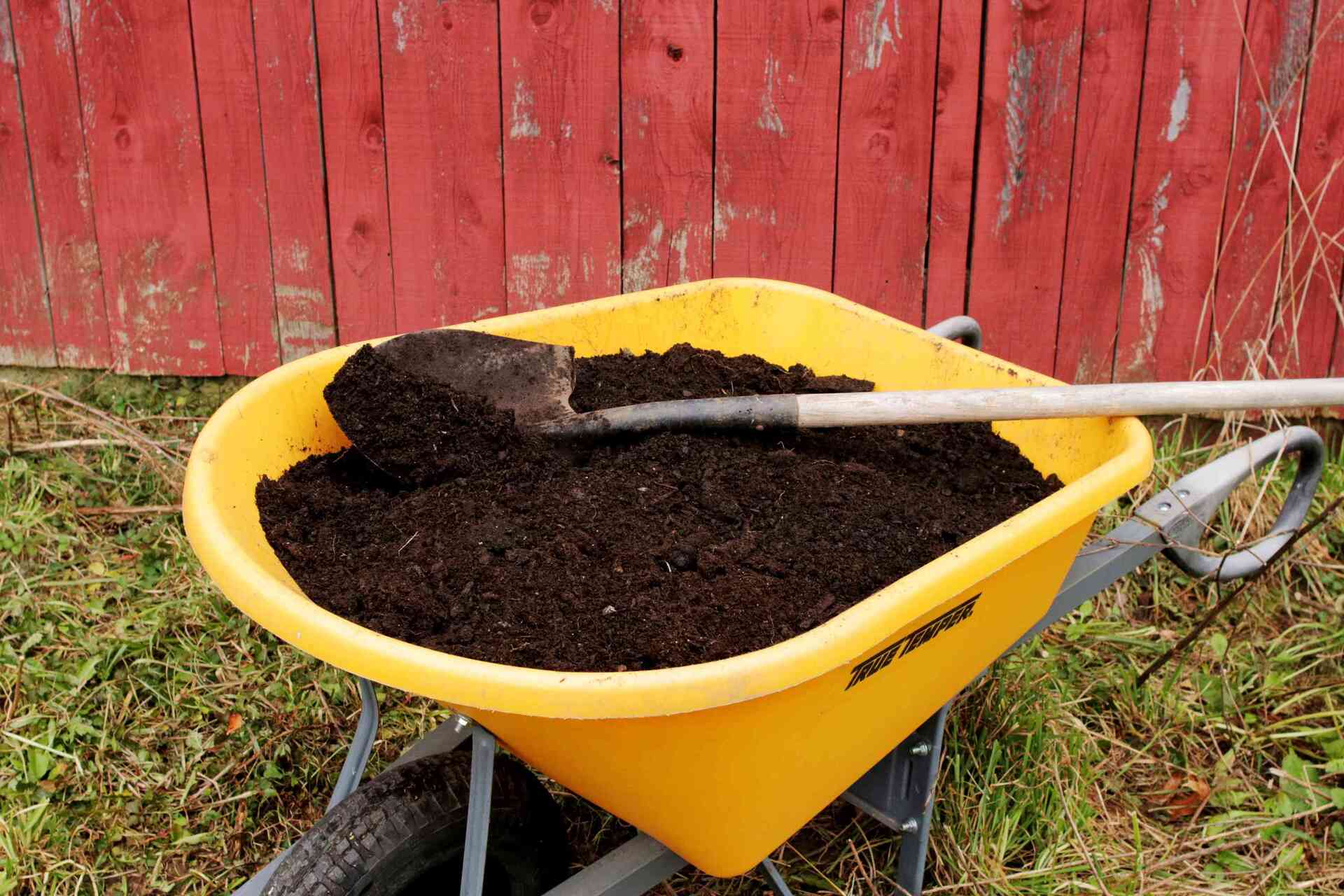
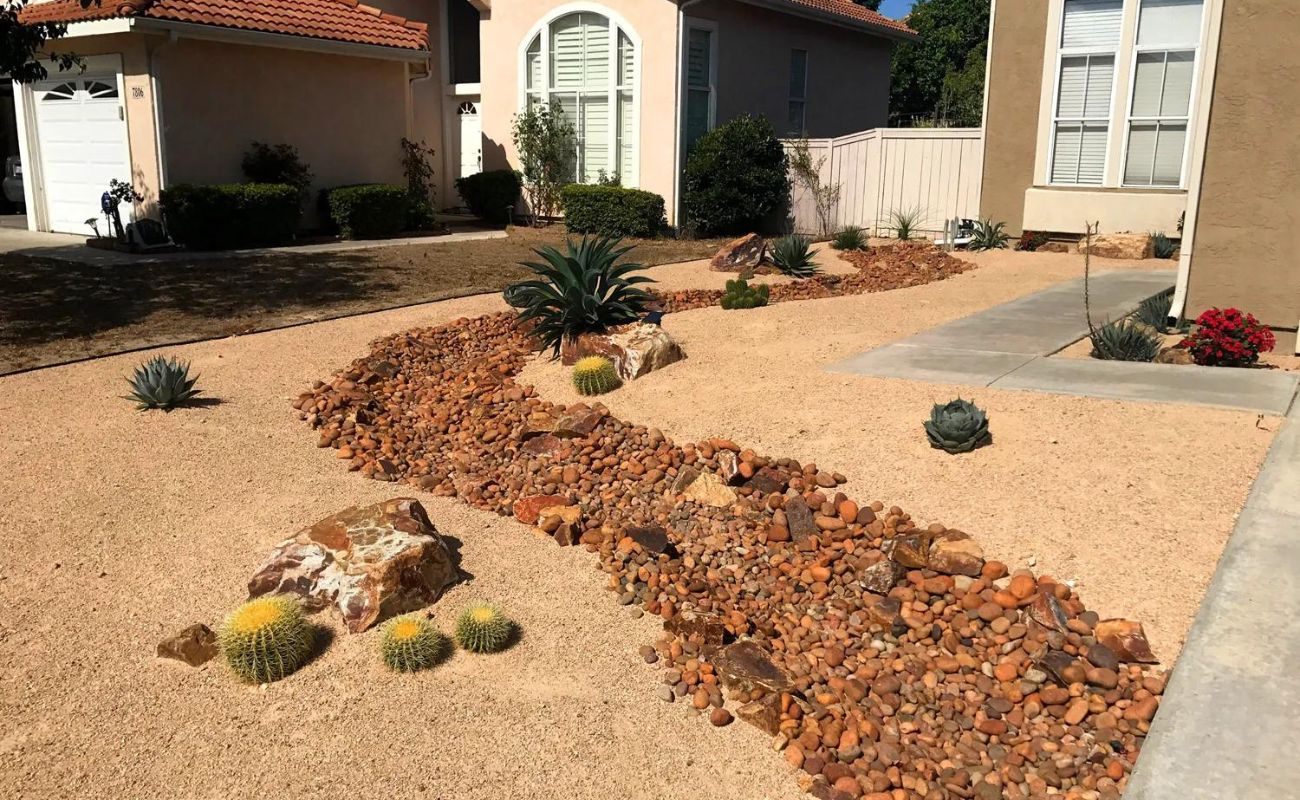
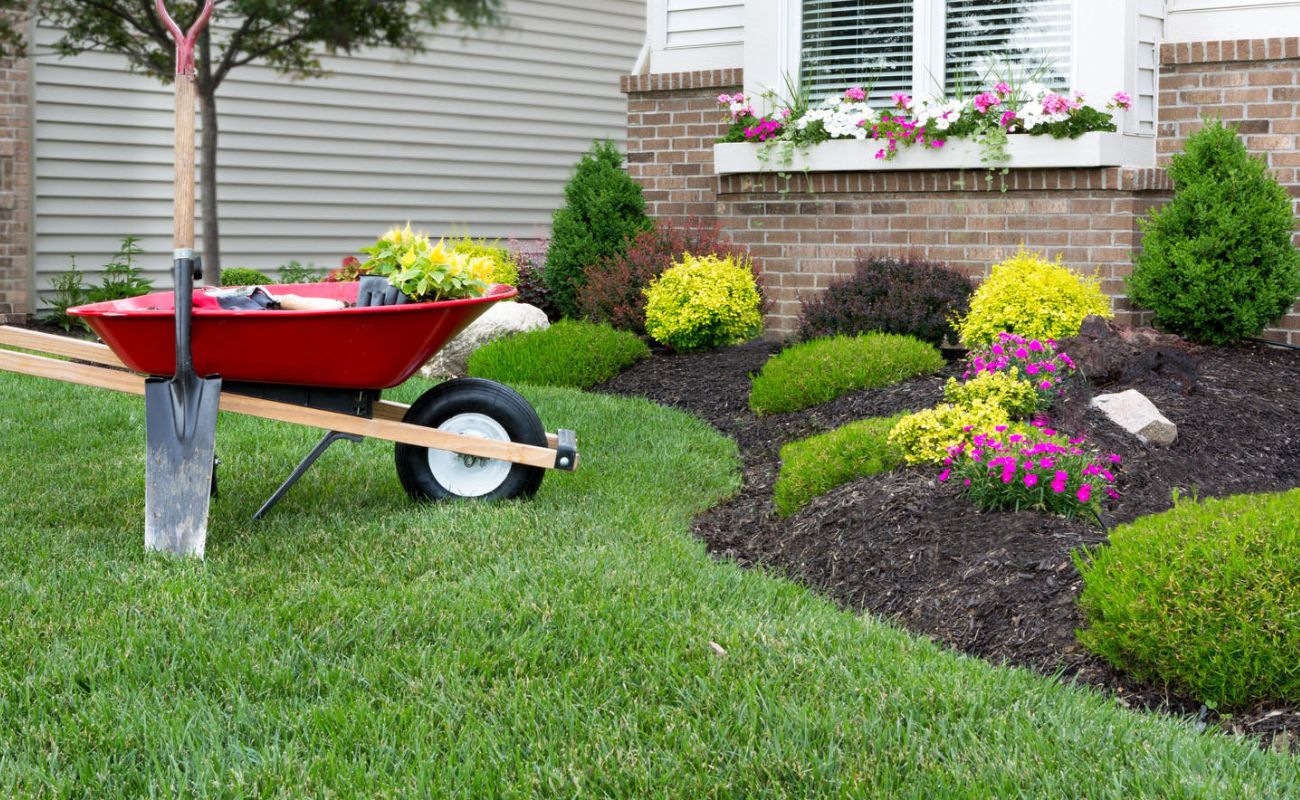
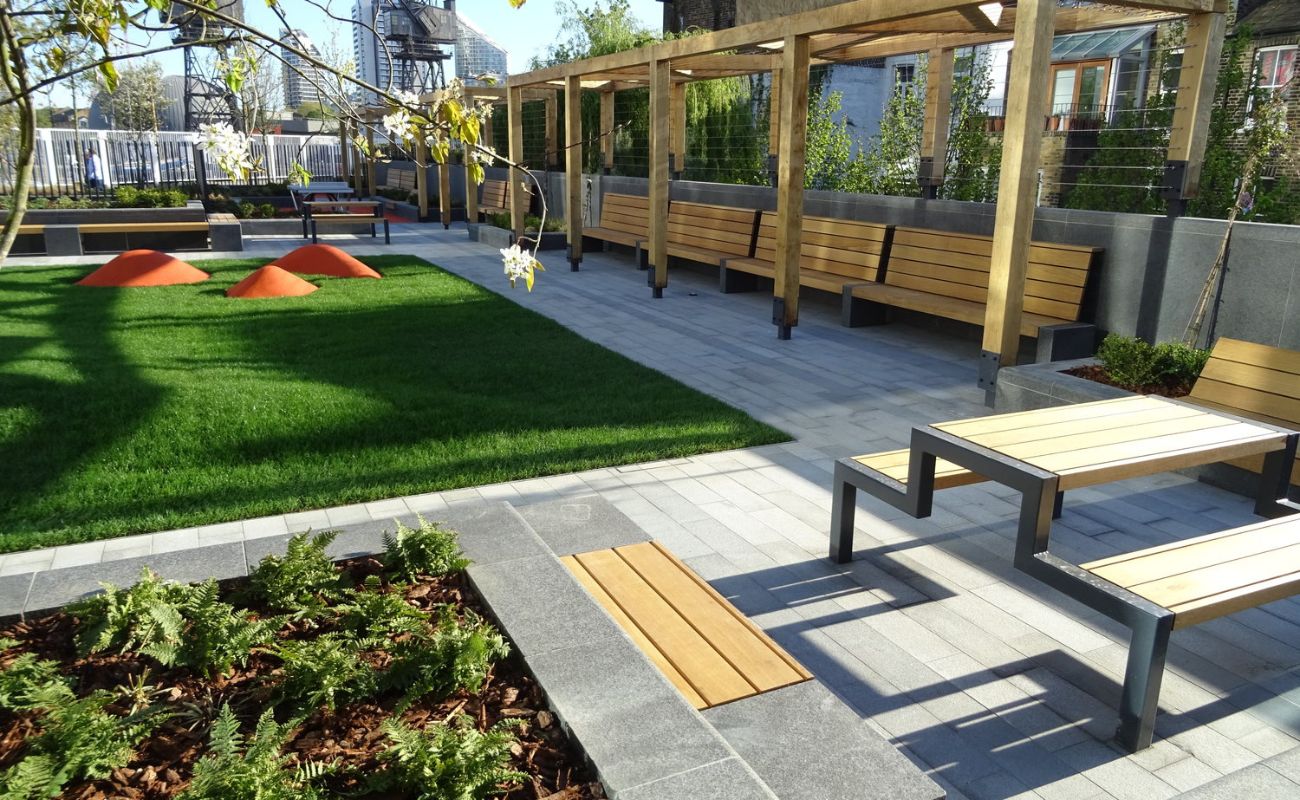
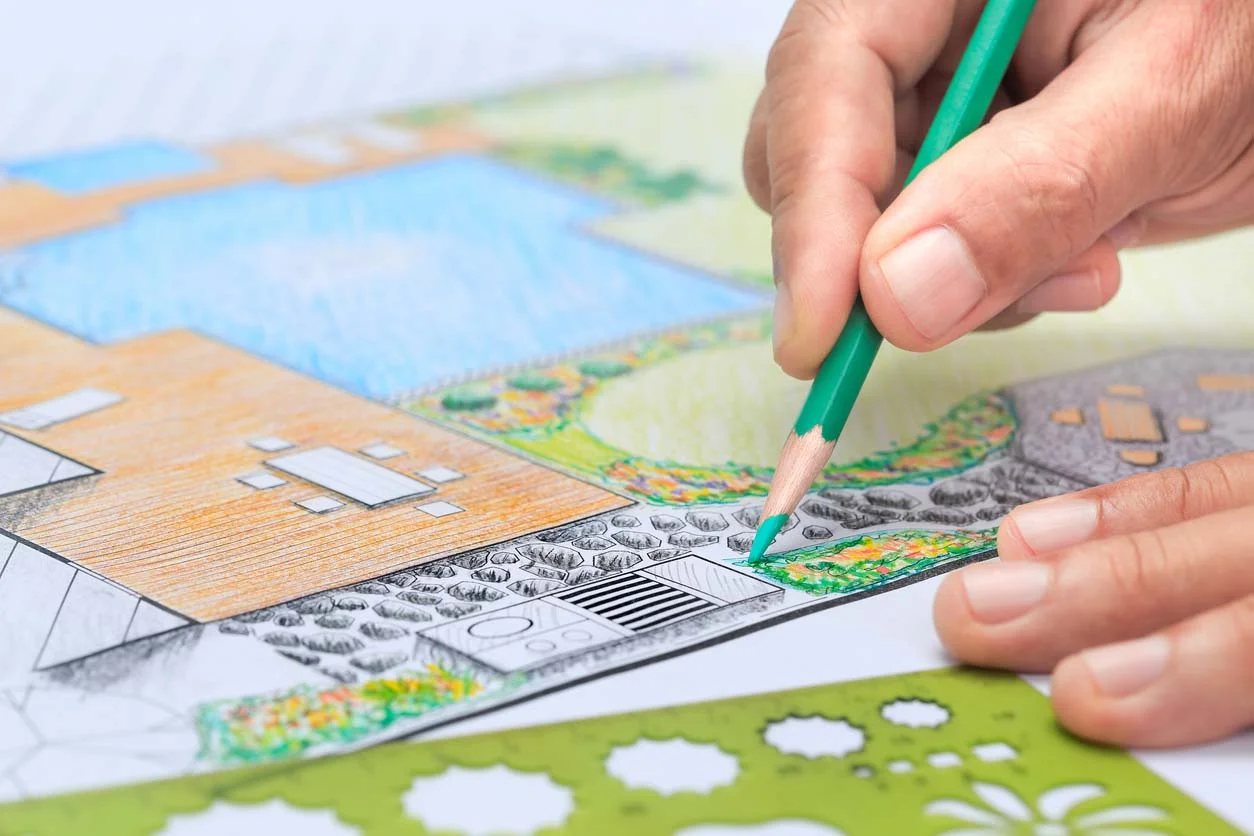
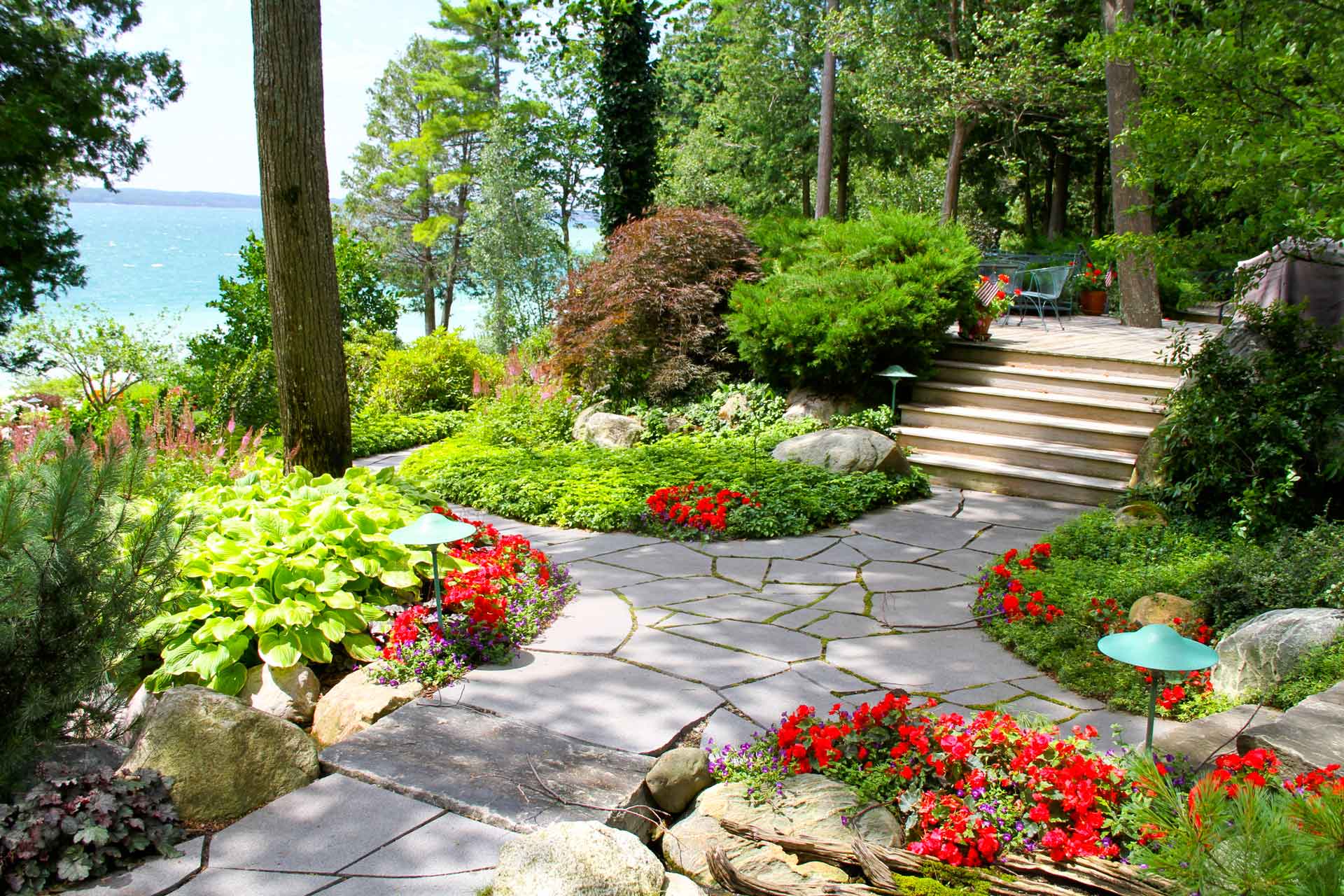
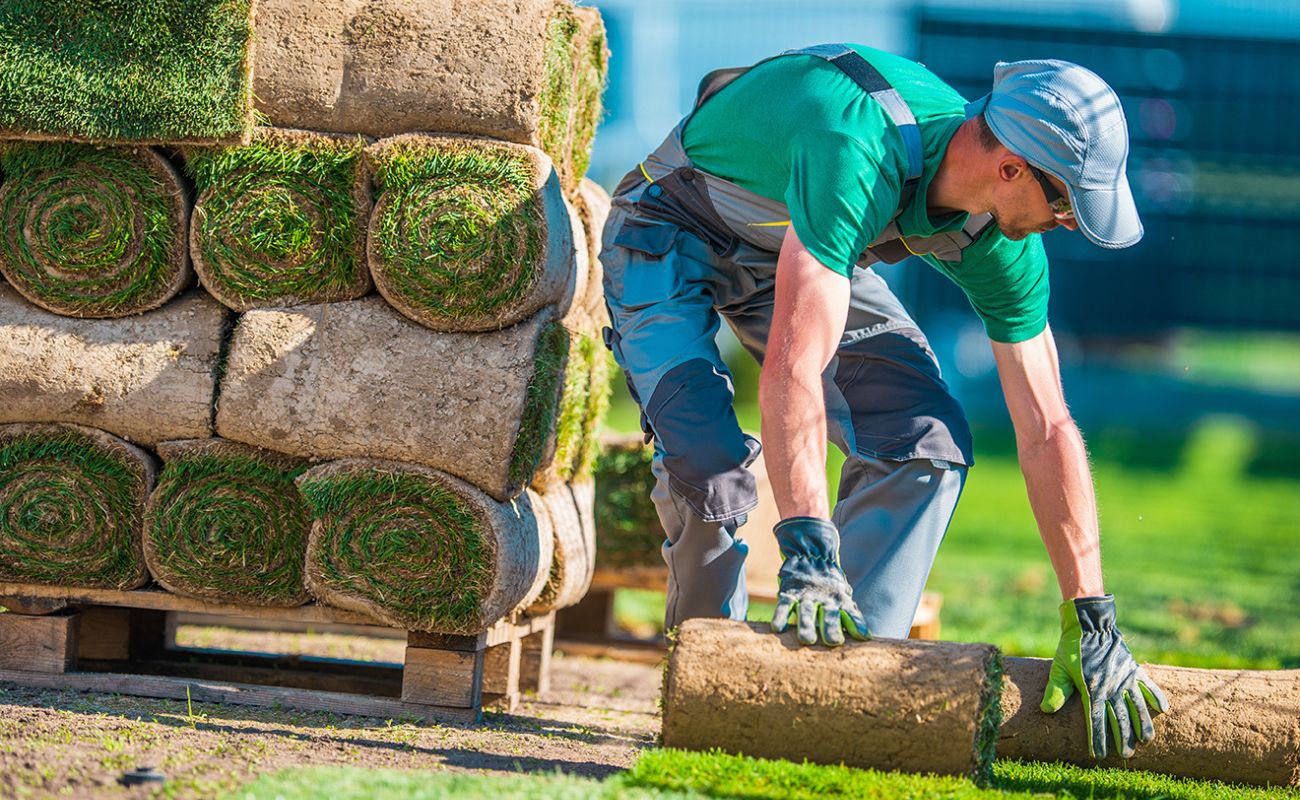
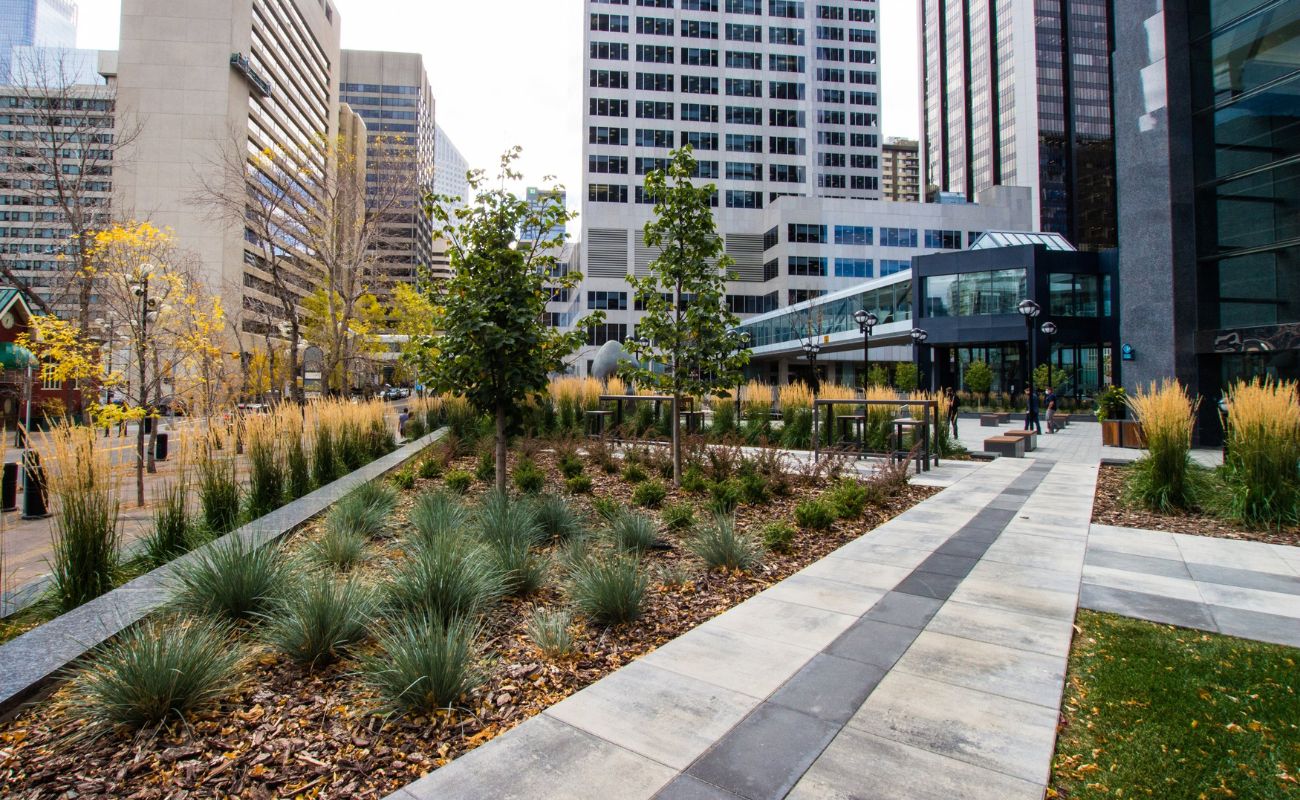


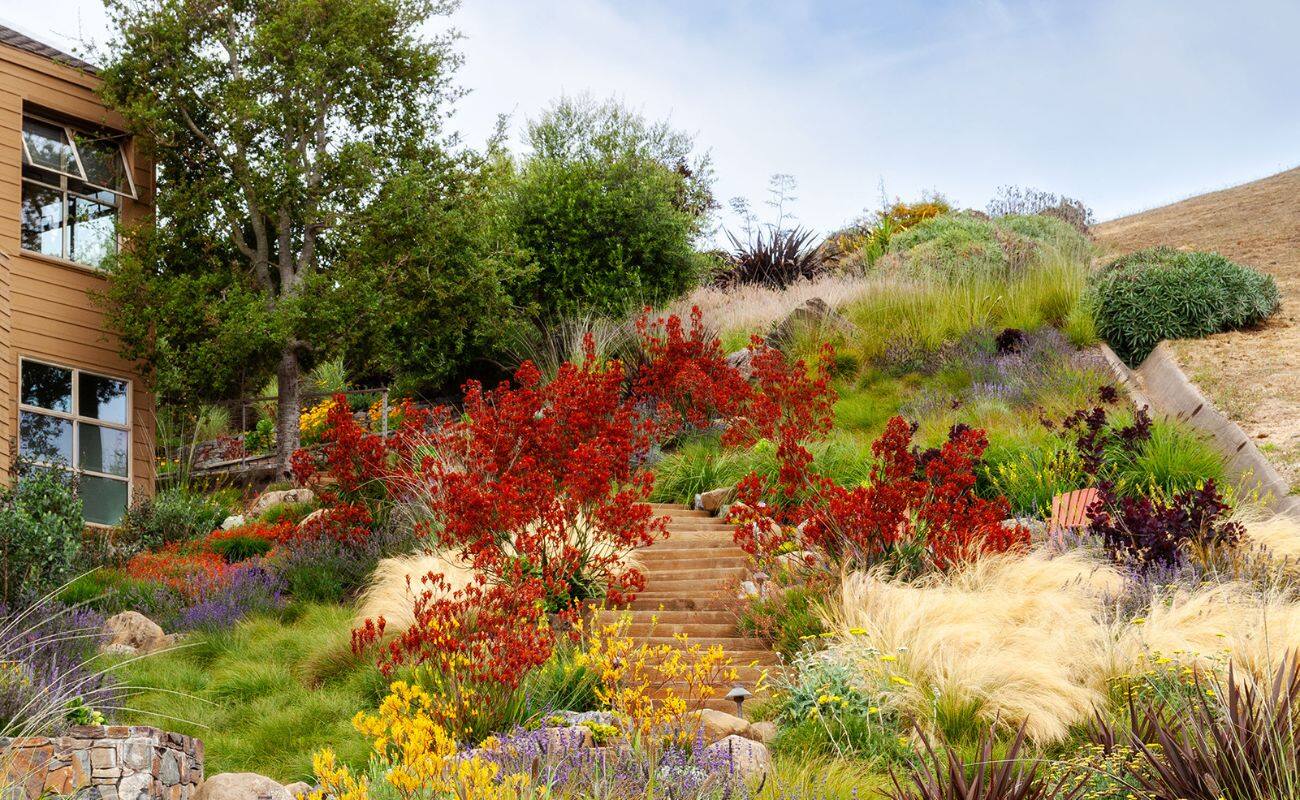

0 thoughts on “What Is Landscaping In Construction”